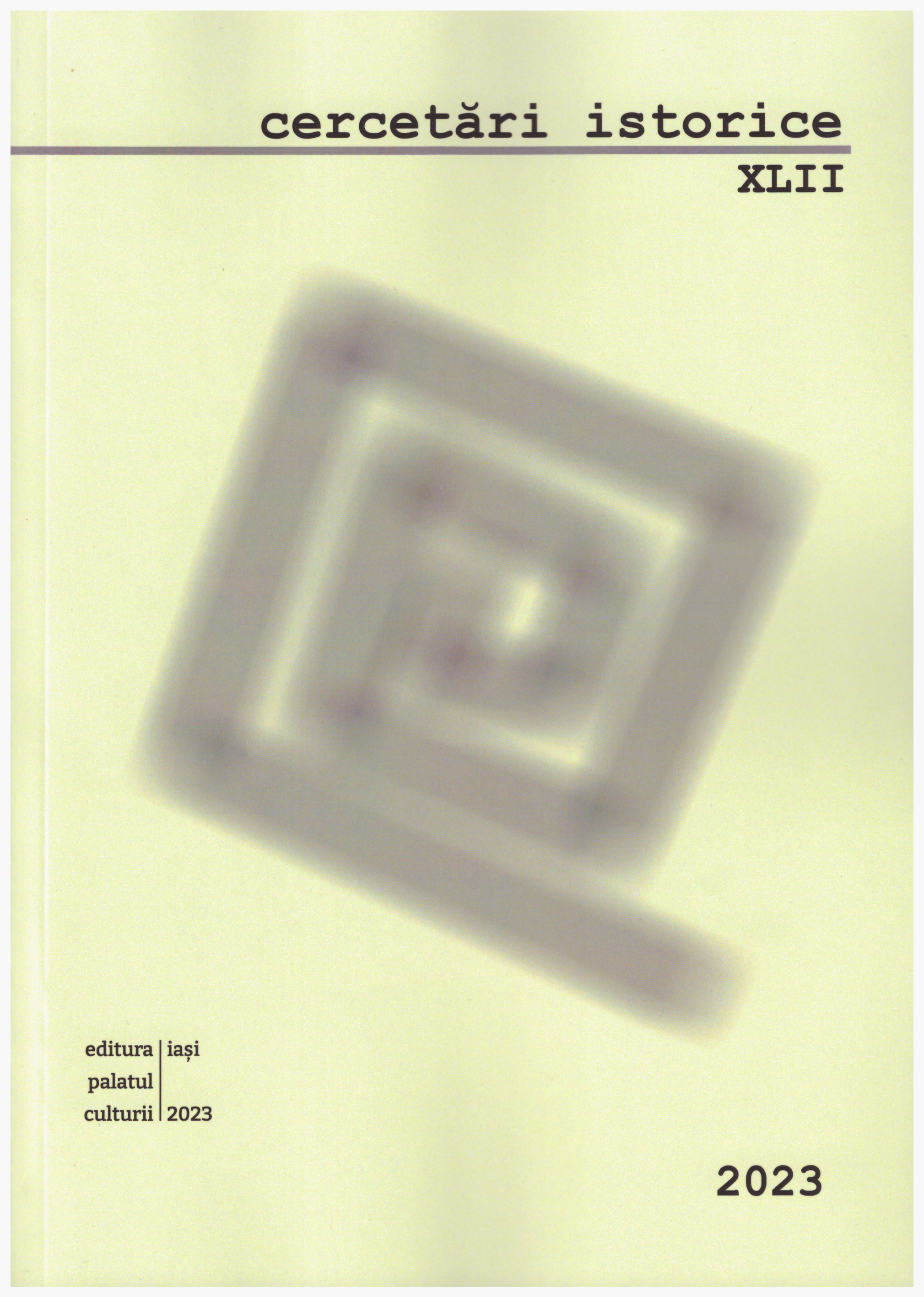CONTRIBUȚII LA REPERTORIUL ARHEOLOGIC AL STAȚIUNILOR NEOLITICULUI TIMPURIU DIN SUD- ESTUL TRANSILVANIEI. AȘEZAREA STARČEVO-CRIȘ DE LA UNGRA 2 – DEALUL MORII (COMUNA UNGRA, JUD. BRAȘOV)
CONTRIBUTION TO THE ARCHAEOLOGICAL REPERTOIRE OF EARLY NEOLITHIC SITES IN SOUTHEASTERN TRANSYLVANIA. STARČEVO-CRIȘ SETTLEMENT FROM UNGRA 2 - DEALUL MORII (UNGRA COMMUNE, BRAȘOV COUNTY)
Author(s): Silviu Gridan, Mircea OancăSubject(s): History, Archaeology
Published by: Editura Palatul Culturii
Keywords: south-east of Transylvania; Early Neolithic; Starčevo-Criș culture;
Summary/Abstract: Starting with the year 2014, in the Rupea-Homorod-Ungra geographical microzone, located in the south-east of Transylvania, in the north of Brașov county, an important number of archaeological sites have been discovered, dated chronologically from the Middle Paleolithic to the post-Roman era, adding to those already known from older archaeological literature. This article presents the partial results of the surface research in the area of Dealul Morii (Ungra commune, Brașov county), carried out in order to identify some lithic sources of raw material, on the occasion of which a new archaeological site was identified, called Ungra 2 - Dealul Morii. From this point, lithic, osteological and ceramic materials were recovered, which belong to several eras and material cultures, respectively: the early Neolithic (Starčevo-Criș culture), the Eneolithic (Petrești and Ariușd-Cucuteni cultures), the Bronze Age (Wietenberg culture), the first iron age (Gáva culture) and the Roman age. Among the recovered materials, only the ceramic materials belonging to the Starčevo- Criș culture, from a technological, morphological and stylistic point of view, were analyzed in this study. These ceramic materials, identified in association with adobe fragments, are mainly concentrated in the western part of the site, for area A, and have an exclusive presence in area B of the site. The data provided by the analysis of the characteristics and attributes of the 226 ceramic fragments and their introduction into the database, in order to obtain some series, indicated their belonging to phase IIIB of the Starčevo-Criș culture, being contemporary with those from the Rupea 7 - Părăul Mălinilor site, located 4 km away, to the NW. The data obtained also indicate that they belong to a secondary settlement, in which the inhabitants satisfied only their economic needs, forming a pragmatic community, focused on immediate needs, without, for now, having any clues about the resources they mainly exploited.
Journal: Cercetari Istorice (Serie Noua)
- Issue Year: 2023
- Issue No: 42
- Page Range: 19-44
- Page Count: 26
- Language: Romanian

